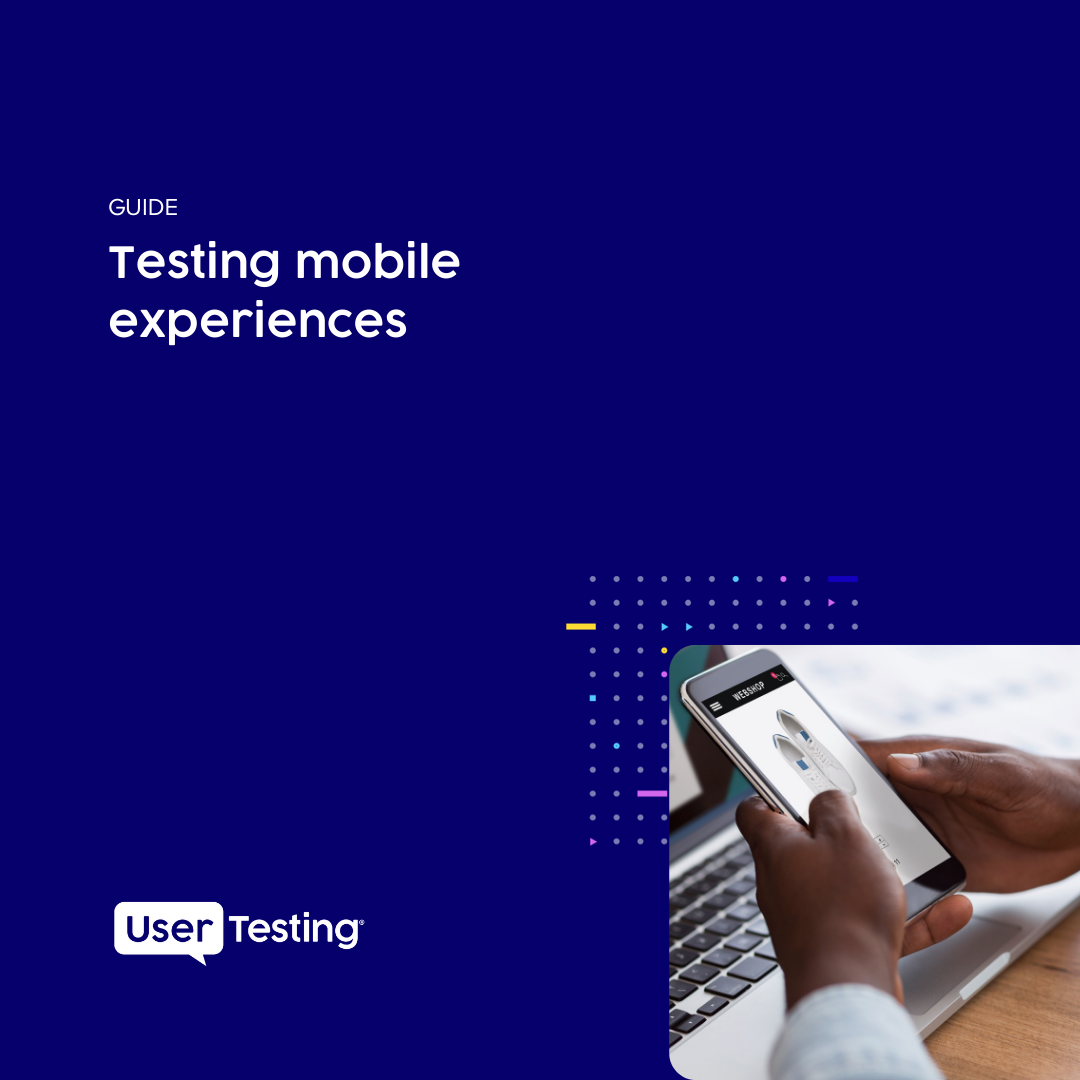
What is mobile testing?
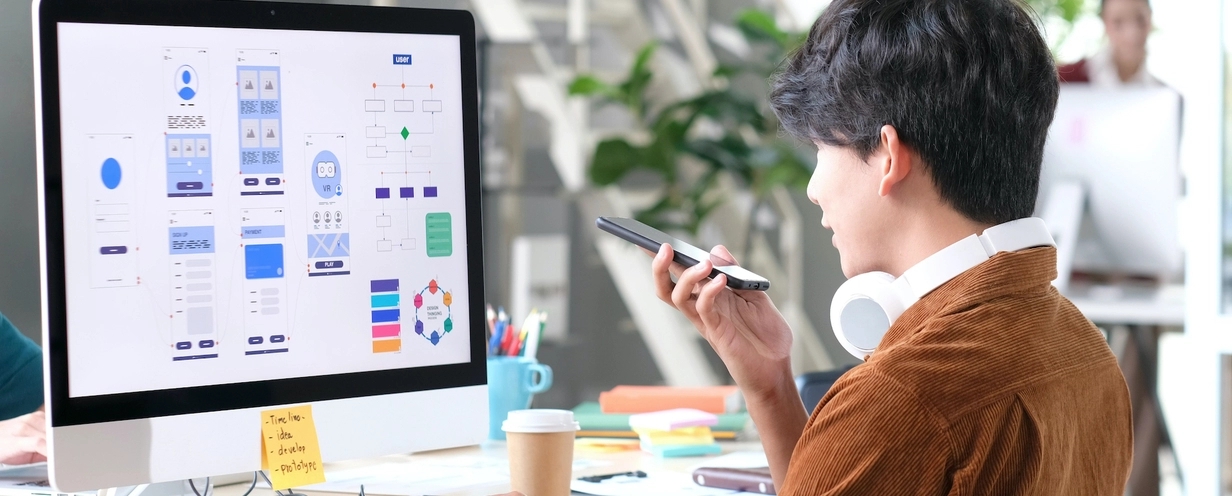
It may not come as a surprise, but according to a recent report, nearly 60% of all online searches are now carried out on a mobile device, with some sectors—like food and beverage—reaching as high as 72%. Marketers, designers, and product managers alike who think there’s still time to prepare for a shift to mobile have already fallen behind. With this emphasis on mobile, ensuring that experiences meet (or better yet, exceed) your customers’ expectations will require mobile testing.
Why mobile testing is necessary for building mobile experiences
These days, so much of people's lives are spent using mobile devices and consuming mobile experiences. And if that’s not already abundantly clear, reports show that consumers spend more than five hours a day on their smartphones, doing more than just performing searches—things like reading emails to checking their bank accounts to watching videos and even attending classes for school. The smartphone has also become the go-to device for a wide range of activities including shopping, banking, job search, and so much more.
So with reliance on mobile devices growing and only expected to rise, it’s critical that you ensure your digital experiences are up to snuff for the more than 2.7 billion smartphone users across the globe. Whether you’re building a responsive website, performing a redesign, or developing the next best app, mobile testing will be the ace in your pocket—ensuring all of your products and experiences deliver the best results.
What is mobile testing?
Mobile testing is the process by which mobile apps and digital experiences (like websites and ecommerce) are tested for relevance, functionality, usability, and consistency.
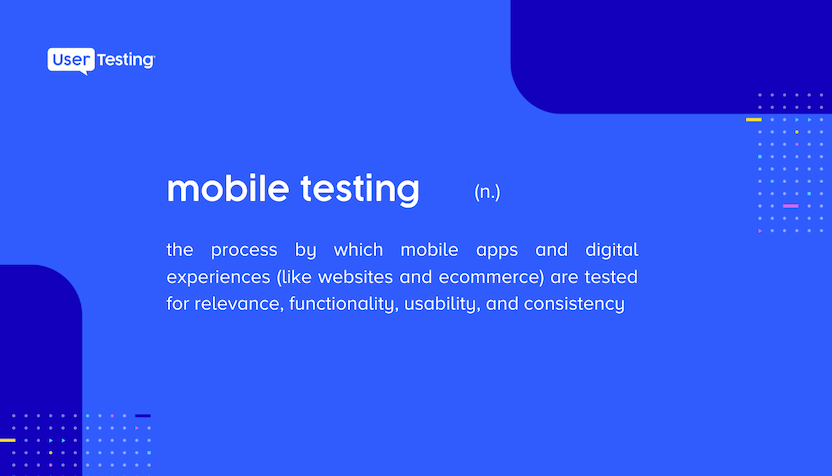
Perhaps more non-traditionally, mobile testing has expanded to include real-world testing. Going beyond traditional mobile tests on apps and websites, people can use their camera and microphone to test and record real-world experiences like in-store walkthroughs, product unboxing and setup, and more. But more on that in a minute.
Let’s walk through the types of mobile testing.
Three types of mobile testing
There are three main types of mobile testing:
- Mobile application experience testing
- Mobile web experience testing
- Real-world experience testing
1. Mobile application testing
According to an eMarketer study, 88% of smartphone usage is spent using apps. This widespread usage means there’s ample opportunity for app developers to get in front of users—but also means there's a lot of competition for user loyalty. In fact, according to eMarketer, most deleted apps are removed within a week after the last use, indicating that apps must prove their value to users with every use, or risk obsolescence.
The solution to this challenge? Consistent testing throughout an app's development—and after launch.
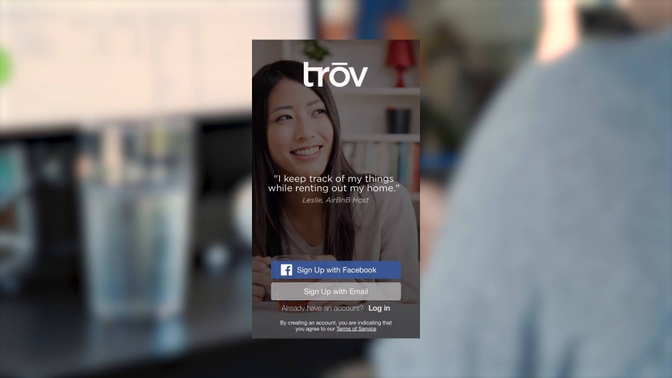
2. Mobile web experience testing
It's not just apps that capture the attention (and thumbs) of consumers. Mobile web traffic continues to increase, with traffic to mobile websites increasing by over 11% from 2019 to 2020, according to data from SimilarWeb.
With a smaller screen, and thus less real estate for content, the mobile experience is inherently different compared to the desktop. No doubt everyone can think of a time when a website didn’t quite translate on mobile, resulting in “clumsy thumbsy” as they tried to fill out a nearly microscopic field or navigate to a portion of the page they needed.
According to Adobe, nearly 8 out of 10 consumers would stop engaging with content that doesn’t display well on their device. Even with responsive design, mobile testing can help you understand the nuances of the mobile experience to ensure that your digital properties meet user needs.
Even if your company isn’t mobile-first, it’s important to understand the experience on mobile devices to ensure the experience is consistent throughout the customer journey.
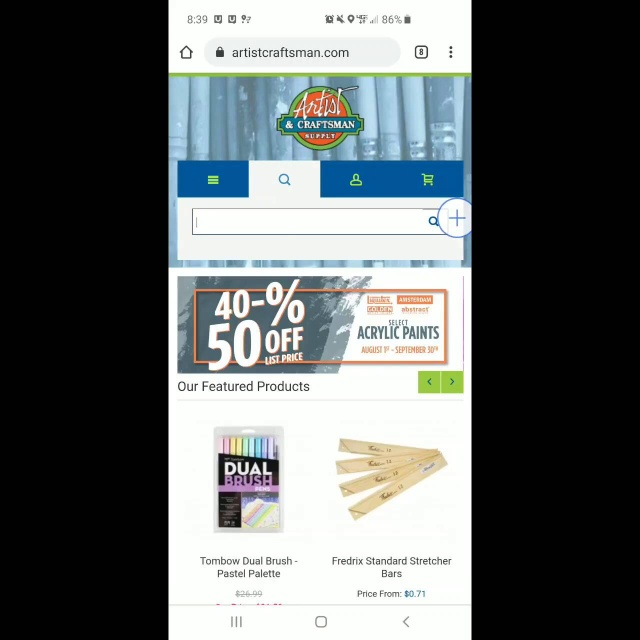
3. Real-world experience testing
Meeting your customers where they are is one of the most important factors when creating great experiences. As societies adapt to a more distanced existence, at least for the foreseeable future, it's more important than ever to understand how people interact with mobile experiences in real-world settings.
Whether it's an app, mobile web, AR/VR, or any other experience that involves a smartphone, observing those interactions in a natural setting is critical to creating an experience that resonates with and is useful to your users.

Mobile testing drives customer-centricity
As the inventor of the telephone, Alexander Graham Bell, once stated: “The only difference between success and failure is the ability to take action.” And gathering feedback on all your mobile experiences is the first step towards making customer-centric decisions and taking the next steps to ensure amazing mobile experiences.
In this Article
